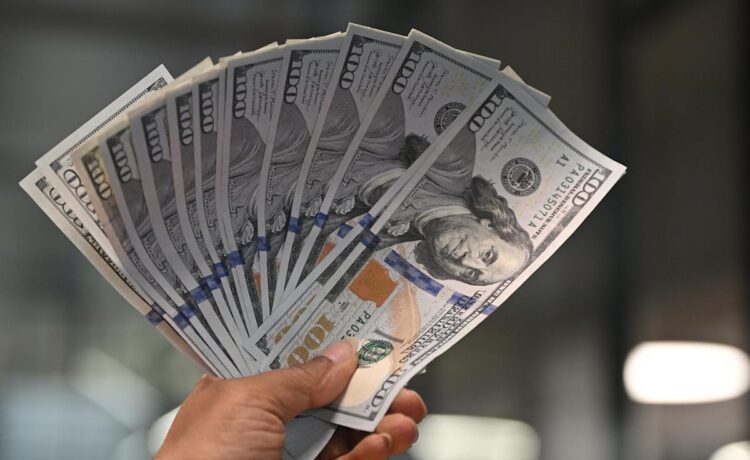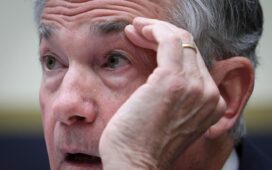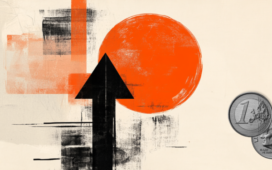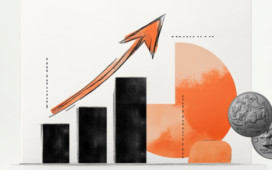-
Trump’s trade war will keep driving tumult in markets and the economy, according to David Roche.
-
The Wall Street vet thinks tariffs could drive a significant decline in the dollar’s value in the coming years.
-
Meanwhile, he told BI that the economy could tip into a recession by the end of 2025 as investors pivot from the US.
Investors may be a bit calmer as optimism grows around trade deals, but markets should brace for further pain, according to one longtime strategist.
David Roche, a former Morgan Stanley banker and the head of Quantum Strategy, thinks the value of the US dollar could plummet around 15%-20% over the next five to 10 years — and that a more immediate recession could hit the US economy by the end of 2025.
Roche’s main concern is that Trump’s trade war is damaging America’s reputation in global financial markets and causing investors to shift away from US assets.
“I think the tariffs do damage to the reputation of the United States, the concept of exceptionalism where everybody puts their money in the US,” he told Business Insider. “So the underperformance relative to other economies means they take part of that money out again, which weighs on the dollar, and of course weighs on the performance of assets.”
The value of the greenback has tumbled since Trump embarked on his trade war.
The US Dollar Index, which measures the dollar against a handful of other currencies, is down 8% since Trump returned to the White House.
Roche believes the decline isn’t close to being over because foreign investors have soured on the US and dollar-denominated assets.
Goldman Sachs estimates that foreign investors sold around $63 billion worth of equities in the two months leading up to April 25.
Roche suggested that the trend is likely to continue, adding that $63 billion was “nothing” considering that foreign investors own around 18% of the US stock market.
US government bonds have also been hit by the trade war, with yields spiraling higher during the peak of the market volatility in early April.
That’s bad news for the value of the dollar, which declines as the demand for US assets weakens.
Even after its drop year-to-date, Roche believes the US currency has further to fall, basing his estimates on the real effective exchange rate. That’s a measure of the value of a currency against a basket of other currencies based on trade between the two nations.
According to data from the Bank for International Settlements, the US real broad effective exchange rate hovered around 112 in March. That’s around 20% higher than it was in 2008, the year Roche approximates that the dollar started to become overvalued.





